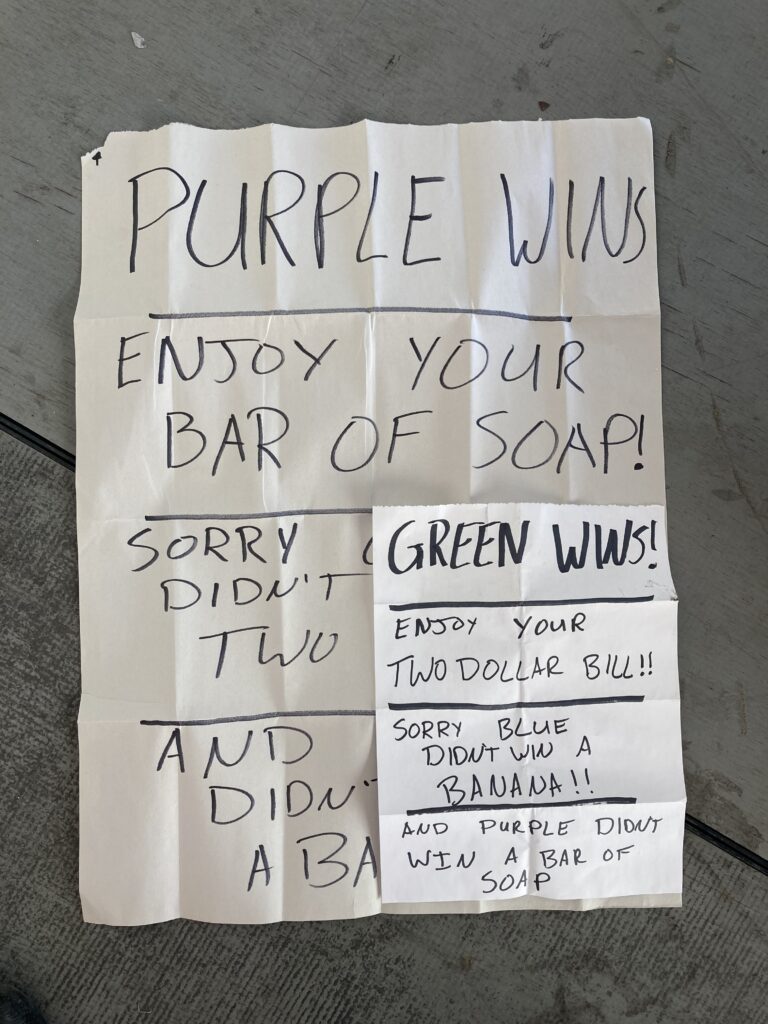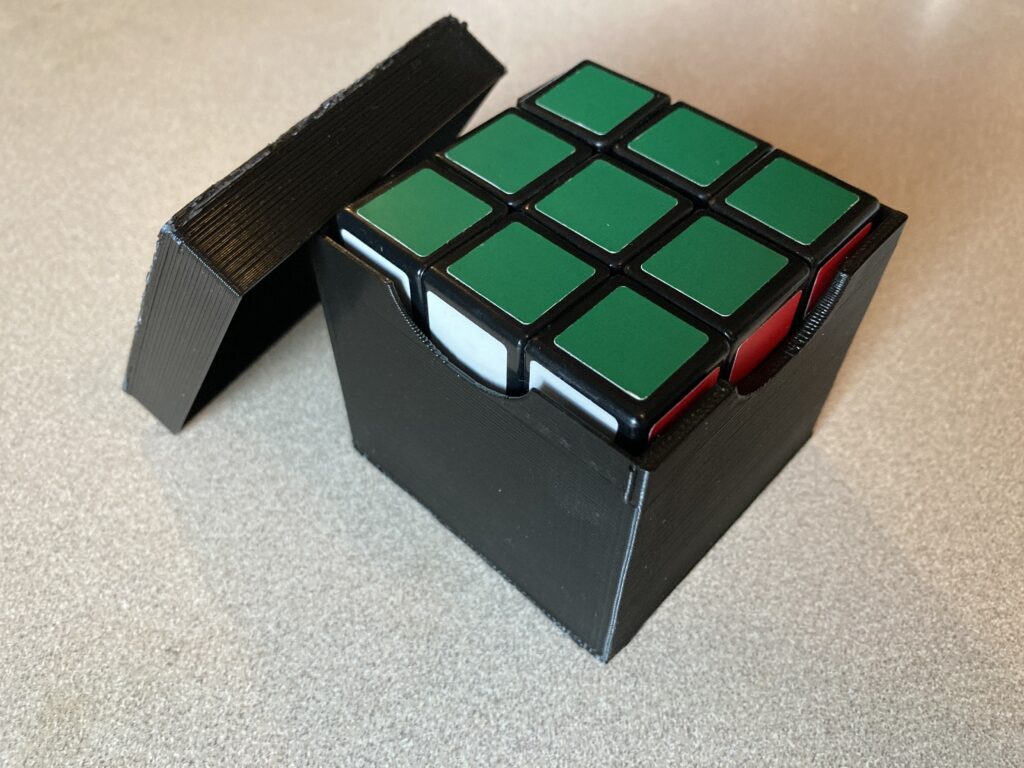One of the tricks I’ve been working on, sort of on and off all summer is based on Alan Wong and Luca Volpe‘s The Key of Fate. I’m using their basic framework for the trick, but have changed the props a lot. I’m using totally different forces for the prizes and the method for forcing the winner. The basic effect is you predict the outcome of game and what prize the winner gets.
When I first started doing this I was using a larger piece of paper, but the paper got damaged and all I could find was a smaller piece of paper. The small piece was about 15×10 inches, so still fairly large. The trick wasn’t hitting, but due to my schedule I was having trouble finding time to hunt for bigger paper. The effect was playing just OK with the smaller paper and I was thinking of giving up on it. I was attributing the OK response to my performance. Then I had time to hunt down some giant paper, that’s 30×20 and rewrote the prediction.
Here’s the size comparison:

The new prediction is soo much bigger than the previous one. Much to my surprise, the trick is hitting soo much harder with the bigger paper than with the smaller paper. Sometimes it’s small changes that can make a huge impact to a routine.
Now I’m wishing I had done thing a long time ago, I would have gotten a lot more work on this routine done this summer.
-Louie

